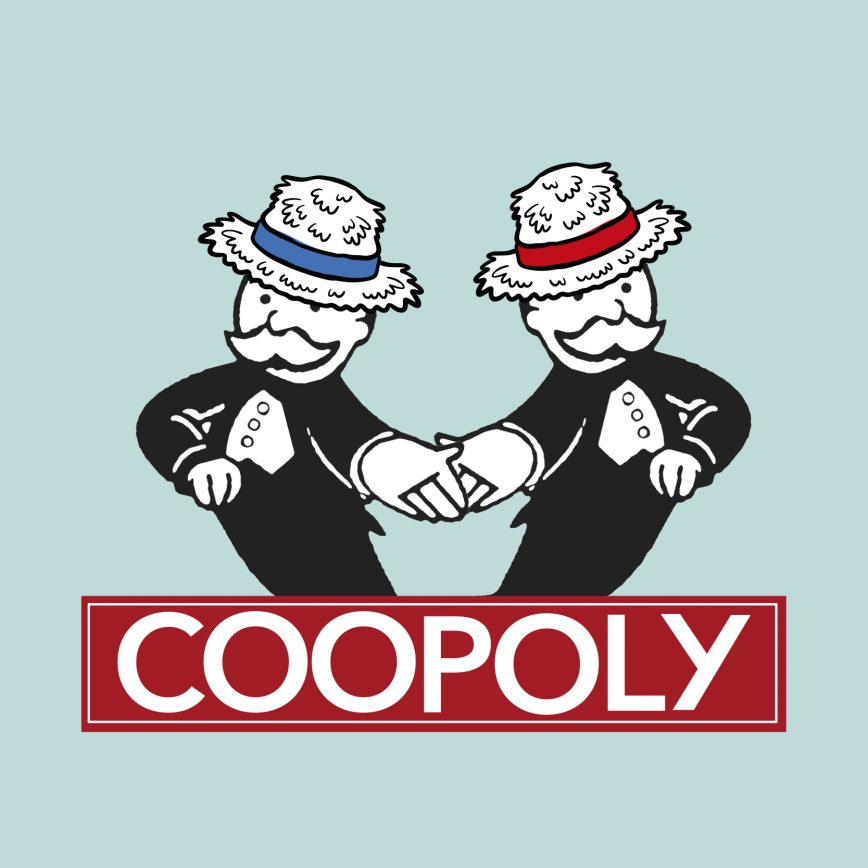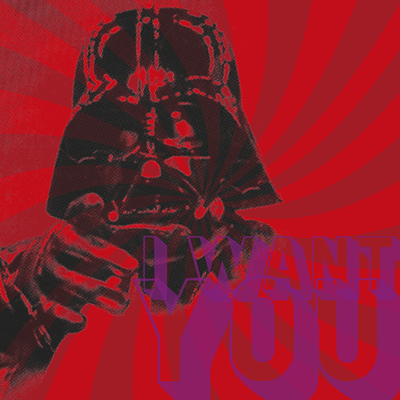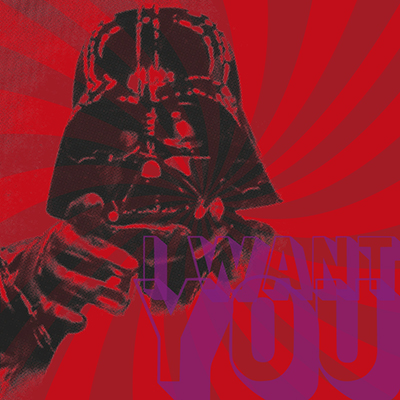(English version available below) “El cliente es el Rey”, “El cliente es el jefe”, “El cliente es el único que mete dinero en la empresa y lo demás son gastos” … estas frases y otras similares las oímos constantemente y representan la quintaesencia de la gestión. Por contraposición, los proveedores son los causantes de que no ganemos más ya que, si les pagásemos menos tendríamos mayor margen. Por esta razón hay que apretarles en precio hasta la asfixia y entonces buscar otros que si quieran seguir bajando costes y así hasta el infinito.
Los grandes gestores se asocian también a la idea de ser grandes “estrujadores” de proveedores y se muestran además orgullosos de ello, exhibiendo sus cabezas como trofeos. Esto se debe a que vivimos inmersos en una cultura cliente-céntrica donde se desprecia claramente al proveedor que sólo tiene cara de gasto, tiene que darnos la calidad y servicio que le digamos al precio que le impongamos o no nos vale. Algunos tienen hasta protocolos de pastoreo para tratar a proveedores, aquí hay escuelas según las áreas. Y no es que los clientes seamos malas personas, es que forma parte de la naturaleza de la gestión tal como está concebida hoy. En muchos casos donde hay un comprador, debe comprar cada vez más barato, independientemente de las circunstancias, o es despedido. Claro que no todos los clientes son así. Hay excelentes clientes que construyen conjuntamente valor con sus proveedores, que hablan abiertamente de presente y futuro y, si bien su número aumenta, desgraciadamente, no son mayoría en la actualidad.
Hay varias cosas que decir sobre los proveedores:
- Todos somos proveedores y clientes, con el mismo respeto se han tratar uno y otro, solo estamos en medio, de momento.
- El valor de la cadena, lo crean también los proveedores, no solo nosotros. Si no tienes buenos proveedores no puedes tener buenos clientes.
- Los proveedores no son los que te han de arreglar tu cuenta de resultados como sea. Un buen proveedor ha de ganar dinero, innovar y tener una vida digna o no podrá aportarte valor.
Si se aprieta demasiado a proveedores solo por precio, si no le dejas trasladar costes justificados y sensatos cuando toca, corres el riesgo de que tu proveedor, un buen día, desaparezca para siempre o bien que sólo por precio se busque a otro cliente mejor que tú, de un día para otro, por miedo a que lo dejes tirado. El hecho de comprar mascarillas al proveedor más barato provocó que, cuando fueron necesarias aquí, sencillamente no hubo y tuvimos que pagar a quien fuese, cuánto y cómo dijese. Puedes estar literalmente muriéndote que esto es así. Quien a precio mata, a precio muere.
No solo de competencia en precio vive la cadena. Similar al caso de las mascarillas es el de todos los productos agroalimentarios europeos, especialmente los hortofrutícolas, donde en algunos casos se aprieta el precio a pagar sin importar las consecuencias y solo guiados por el cortoplacista “precio, precio, precio”.
Puede darse el caso de que un buen día nos despertemos y veamos que, por ejemplo, los tomates que se venden aquí los produce en su totalidad Marruecos y que ha decidido, por cualquier razón, que no nos los vende, ¿y ahora qué? ¿pasará como con las mascarillas? Cuidemos a nuestros proveedores como ellos nos cuidan a nosotros. Trabajemos juntos en eficiencia, en costes, pero también en estrategia. Seremos todos más resilientes, más competitivos, más rentables y nuestros clientes comunes finales estarán más contentos. Estamos en abril de 2022 en un mundo que ni nos podíamos imaginar hace solo 3 años. Como será el mundo en 2026 ni nos lo podemos imaginar, pero una cosa si está clara: con buenos proveedores trabajando hombro con hombro con ellos tenemos más posibilidades de seguir presentes en la cadena y tener clientes a los que poder seguir llamando “reyes”.
«The customer is King», «The customer’s the boss», «The customer is the only one who puts money into the company – the rest are expenses». We hear these phrases, and others like them, all the time. They represent the quintessence of management. Providers, in contrast to customers, do nothing more than cut into our profits. If we could pay them less, we would earn more, so let’s squeeze them on price until they burst and then we can hunt down other suppliers who must also lower prices if they want to continue, and so on to infinity. Great managers are characterized as great «squeezers» of their providers; they’re proud of it, exhibiting providers’ heads as trophies. That’s the way it is in the customer-centric culture we live in, where the provider is despised as but another huge expense, where he has to give us the quality and service WE demand at the price WE tell him, or else he has no value for us. Some managers even grant some sort of grazing rights when providers come calling, depending on the area.
It’s not that we the customers are bad people, it’s just that this is part of the nature of management as conceived today. In many cases the purchaser must buy cheaper and cheaper no matter what happens, or else he gets fired. Not all customers are like that, of course, as there are many who build value in conjunction with their providers, who share openly about the present and the future. Those value customers are increasing but, unfortunately, they are by no means the majority.
There are several things to say about providers:
We are all both providers and customers, and as such we must show our providers the same respect as we deserve ourselves. We are right in the middle now.
Providers won’t fix your balance sheet. Any good provider has to make money, to innovate and to live a decent life, otherwise he won’t be adding value.
The value chain includes providers; it is not just us. If you don’t have good providers, you can’t have good customers.
If you squeeze a provider too much on price, or if you do not let him pass on justified and sensible costs when he has to, you run the risk that your provider will one day disappear forever, or that he’ll leave you for a less stingy client for fear that you might leave him in the lurch. Buying only the cheapest masks provoked a situation whereby there was simply no supply when we really needed it. We had to pay whatever price to whoever we could whenever he said we could, while literally dying to receive the goods. He who lives by the price, dies by the price.
The value chain lives not by competitive price alone. Like masks, European agri-food products, especially fruit and vegetable products, have their prices frozen or tightened regardless of the consequences, guided only by the short-term «price, price, price». It could happen, for example, that one day we wake up to find that all the tomatoes sold here are produced entirely in Morocco, and then it is decided for whatever reason to stop selling them to us. Then what?!
Let’s take care of our providers just as they take care of us. Let’s work together with cost efficiency as well as strategy. Let’s all be more resilient, more competitive, and thereby more profitable because our common end consumers are happier. We are in April 2022 in a world that just 3 years ago was unimaginable. How the world will be in 2026 we cannot predict, but one thing is clear: by working shoulder to shoulder with good providers we will have more opportunities to maintain our presence in the value chain as well as our “customer kings”.










